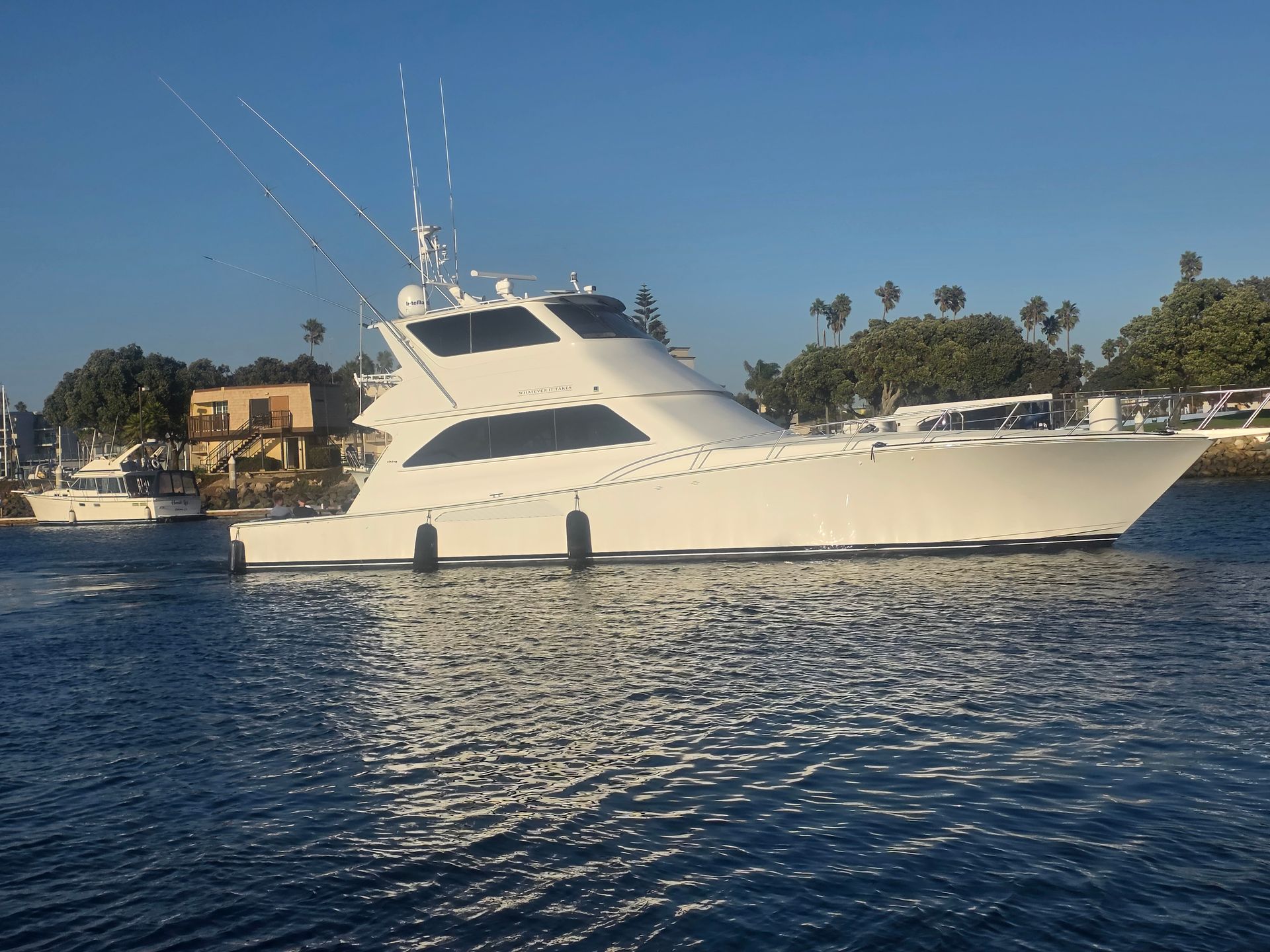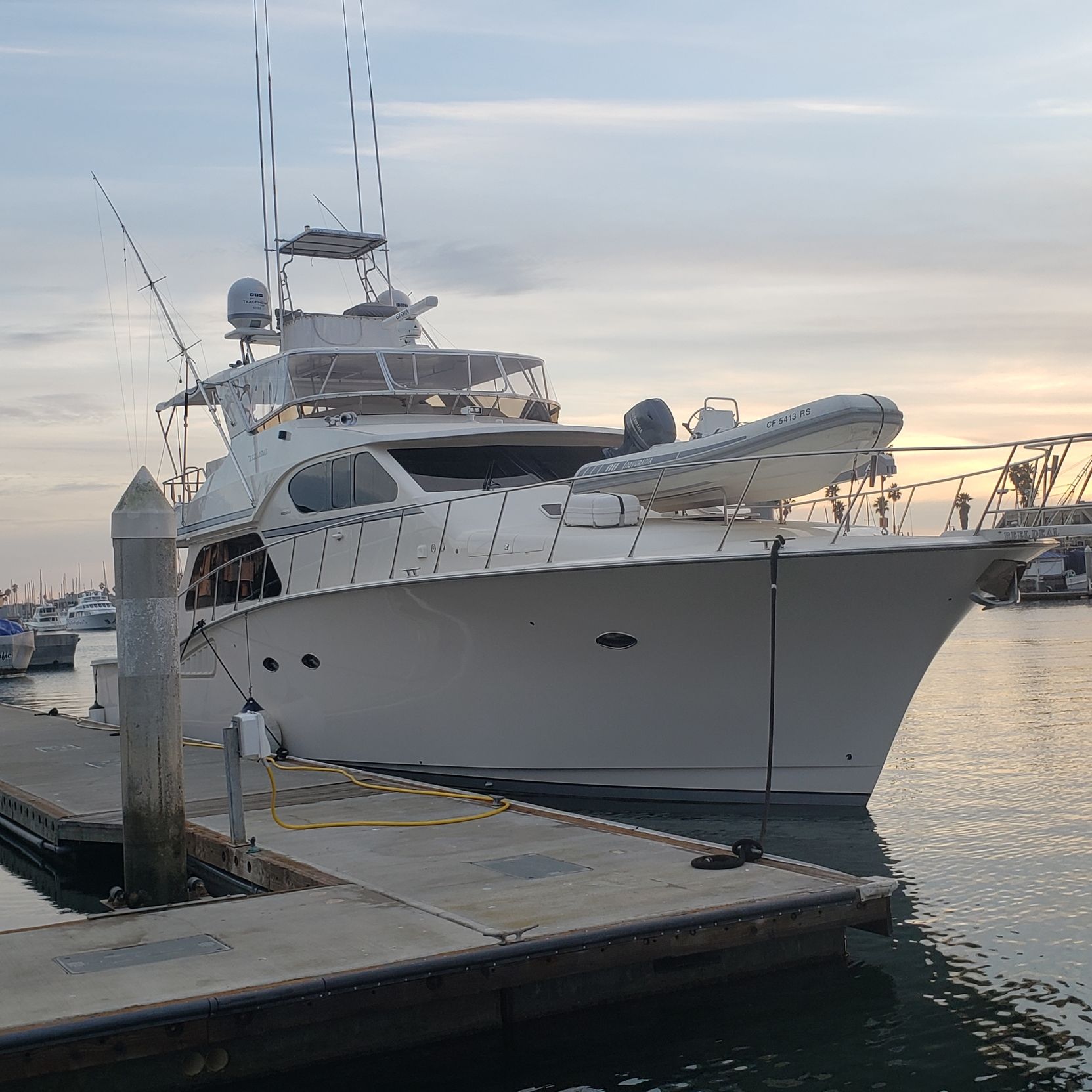What Repair and Maintenance Issues Occur with Seakeeper?
What We See With SeaKeepers Based on Owner Forums , Dealer Service Bulletins, Etc.
Ventura Boat Services are Seakeeper experts. Seakeepers are gyro stabilizers (for the reduction of boat roll) are generally quite reliable and designed for minimal maintenance, with both the high-speed flywheel and bearings sealed in a vacuum enclosure to protect against marine corrosion. However, like any complex marine system involving cooling, hydraulics, and high-RPM components, they can develop issues over time. So annual maintenance is crucial especially if a boat sees heavy use in rough ocean conditions.
Most Commonly Reported Issues
Based on owner forums, dealer service bulletins, and technical discussions, the most frequent repair and maintenance concerns include:
Cooling System Problems (#1 category)
- Clogged or scaled heat exchangers (from seawater minerals/bio-growth).
- Raw-water pump failures or loss of prime.
- Overheating alarms → leading to automatic derating or shutdown.
- These often trigger alarm codes and are fixed during annual service (descaling, flushing glycol, replacing zincs).
Hydraulic/Brake System Faults
- Low hydraulic pressure (e.g., Code 8 or similar alarms) → often from air/debris in lines, leaks, or failed components.
- Brake hydraulic failures (especially on smaller models like Seakeeper 1).
- Accumulator replacement (reported every few years on some units, sometimes linked to high-speed underway use while unlocked).
- Valve faults (e.g., “Code 26 valve 1”).
Electrical & Power-Related Alarms
- “Boat-side” electrical issues (voltage drops, poor connections, inadequate DC power on smaller/DC-powered units).
- Frequent on smaller models (Seakeeper 1–5) where battery banks or charging systems are marginal.
Spherical Bearings & Flywheel Wear
- The vacuum-sealed bearings that support the spinning flywheel are a major long-term item.
- Seakeeper rates them for ~10,000–20,000+ hours in many models, but heavy zero/low-speed use accelerates wear.
- Replacement is expensive (often $20k–$50k+ parts/labor depending on model) and requires factory-level service.
Corrosion & Salt Exposure
- Prolonged saltwater splash → leading to external corrosion if not rinsed regularly.
- Zinc anode depletion on the heat exchanger.
- Hoses, fittings, and connectors degrading faster in hot/salty environments.
Mounting & Vibration Issues (less common but dramatic)
- Loose or sheared foundation bolts (rare, but highlighted in some high-profile cases like TV shows).
- Excessive vibration/noise if installation wasn’t perfect or the boat flexes.
Suggested Maintenance Schedule
The Seakeeper company itself emphasizes annual service (or every 1,000–2,000 run hours, whichever comes first) performed by a certified dealer, such as Ventura Boat Services. Typical tasks/costs:
We (and the manufacturer) recommends a freshwater rinse of exterior (especially after saltwater). This is a task that an ower can do on their own. At 1,000 hours, we will inspect electrical/hydraulic/cooling systems, descale heat exchanger, replace zincs, flush glycol, torque bolts, and perform software check. This is typically $1,500–$3,000
At 2,000+ hours. We strongly suggest a hydraulic bushing replacement (certain models only), and a deeper accumulator inspection. This runs an additional $1,000+
At 10,000+ hours, we look for potential spherical bearing service/replacement, which can run approximately $20,000–$60,000+
Most owners report trouble-free operation for the first 5–10 years with the suggested annual servicing. If the annual maintenance is skimped on or skipped altogether, this can quickly lead to expensive alarms/faults. The smaller models (Seakeeper 1–5) seem slightly more prone to hydraulic/electrical gremlins than larger ones. Just our experience.
Overall, Seakeepers are widely praised for performance, but only when properly maintained. They are anything but a “fit-and-forget” situation. Boat owners should budget for annual maintence service and expect occasional repairs — especially if the unit is used heavily at anchor or in rough seas.



